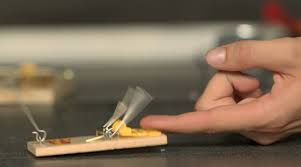(Note: Part 1 is here… http://clickandtreat.com/wordpress/?p=388)
To refresh your memory about the topic, I have presented a case for the idea that punishment is innate in humans and a key survival behavior of both individuals and groups. For millions of years this fact has not been questioned.











